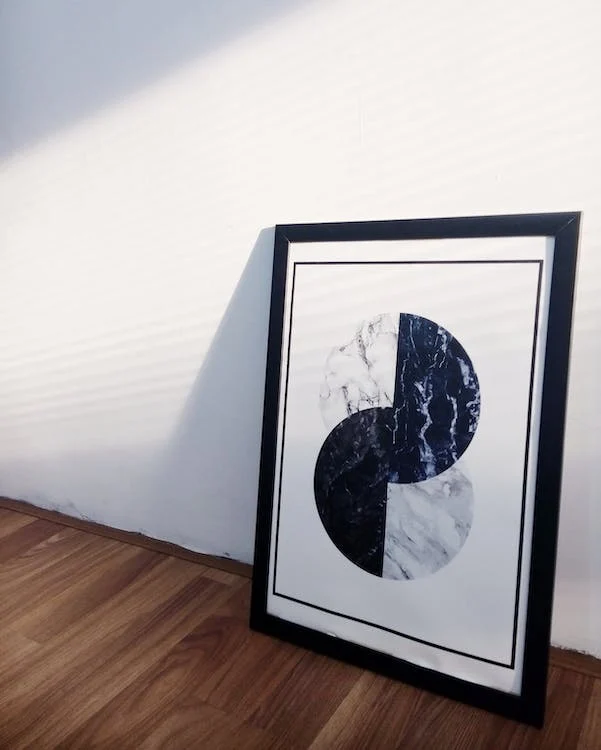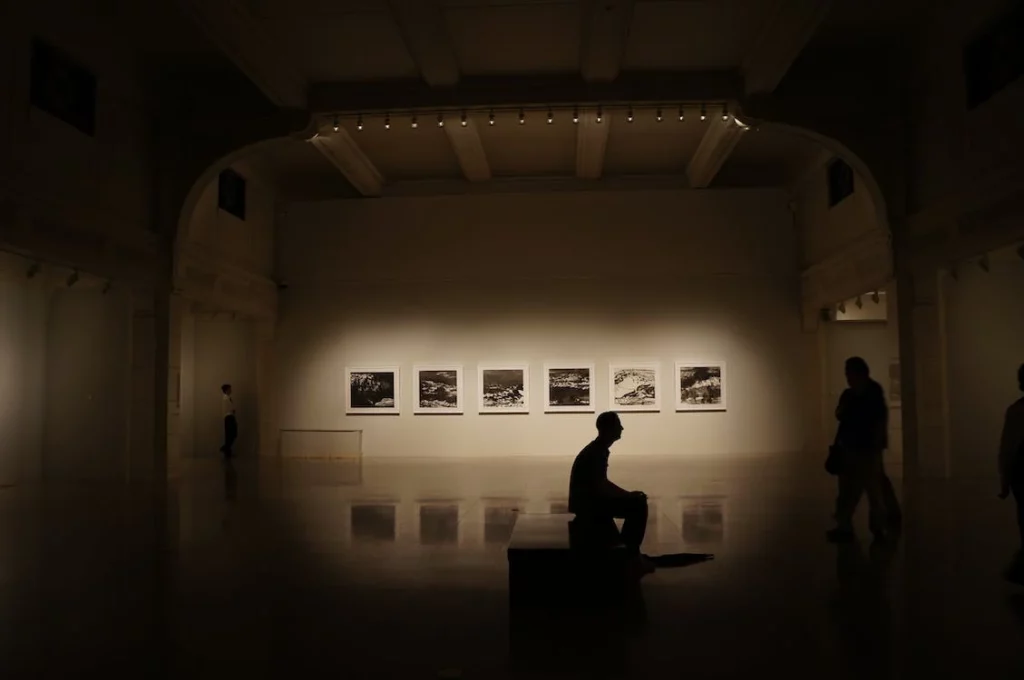Summary
The free waking dream to approach one’s unconscious
Method of Ericksonian hypnosis
Approaching the unconscious with projective drawing
Holotropic breathing method
The term “unconscious” defines the underlying psychic processes that are not perceived by the individual, at least in his conscious state.
There are various ways to bring out what is buried deep within us. Psychoanalytical work focuses on unconscious manifestations to help individuals evolve and live better.
Here are 4 original methods that allow us to decipher it.
The free waking dream to approach the unconscious
The unconscious manifests itself through missed acts (slips of the tongue, actions…) and dreams. The interpretation of dreams is used in psychoanalysis because it makes it possible to highlight these unconscious mechanisms: repressions, fears, and anxieties…
However, it is also possible to dream without being asleep! The semi-awake dream is a dream lived in a semi-sleep state that allows one to perceive superimposed images and serve as a support for the analysis work.
Methodology of the free waking dream
To do this:
The patient, lying down, eyes closed, relaxes and describes to the therapist the images that appear to him. These images, called hypnagogic images, are those that precede proper sleep.
An exchange between the patient and the therapist follows, the purpose of which is to analyze together the story’s main elements.
The therapist’s job is to identify the symbols taken one by one and, above all, to analyze the logical chain between these symbols to decipher an underlying meaning.
Practical details
This technique, introduced in the 1970s, takes place throughout fifteen 2-hour sessions.
The price of a session varies between $45 and $70.
Method of Ericksonian hypnosis
In a state of hypnosis, the individual is semi-sleep, which brings to light unconscious phenomena that he or she does not perceive when consciousness is optimal. Hypnosis allows for correcting certain disorders or effectively treating certain phobias and anguishes…
It is divided into several phases:
Pre-induction phase: mental preparation
Induction phase: fixation of the patient on one part of his body, observation of oneself.
However, Ericksonian hypnosis has the particularity that the patient, who keeps control, feels more confident and opens the door to the unconscious more voluntarily.
Approaching the unconscious with projective drawing

In the same way that the images of semi-sleep are not generated in a completely random way, the patterns we think we are drawing at random can, in reality, say a lot about our unconscious.
Methodology of projective drawing
This is where the technique of projective drawing comes in:
Alone or in a group, the individual begins with a short relaxation session (20 minutes).
He chooses 3 different pencil colors at random and begins to draw pictures and outlines without any particular instructions:
The hand should not be tensed but left free.
If the patient cannot relax, he/she can also hold the pencil with the other hand, ask to be blindfolded, change position on the chair, etc.
At the end of the session, the drawing is interpreted with the therapist’s help. With the therapist’s questions, the patient deciphers the symbols in the shapes drawn on the sheet.
Practical details
A projective drawing session (1h30) costs an average of $65. A group session is generally less expensive.
Holotropic breathing method
Holotropic breathing is a method of approaching the unconscious through breathing. The holotropic breathing method was developed in the 1970s as an alternative to LSD-type drugs.
The subject breathes profoundly and rapidly (hyperventilation), lying on a mat, with deep music playing in the background:
This conditioning allows the individual to enter a sort of trance (modified state of consciousness) and to relive certain stages of his or her life, certain traumatic episodes.
At the end of the session, the patient translates what he or she has perceived into a drawing (mandala). It is this drawing that serves as support for the analysis.


